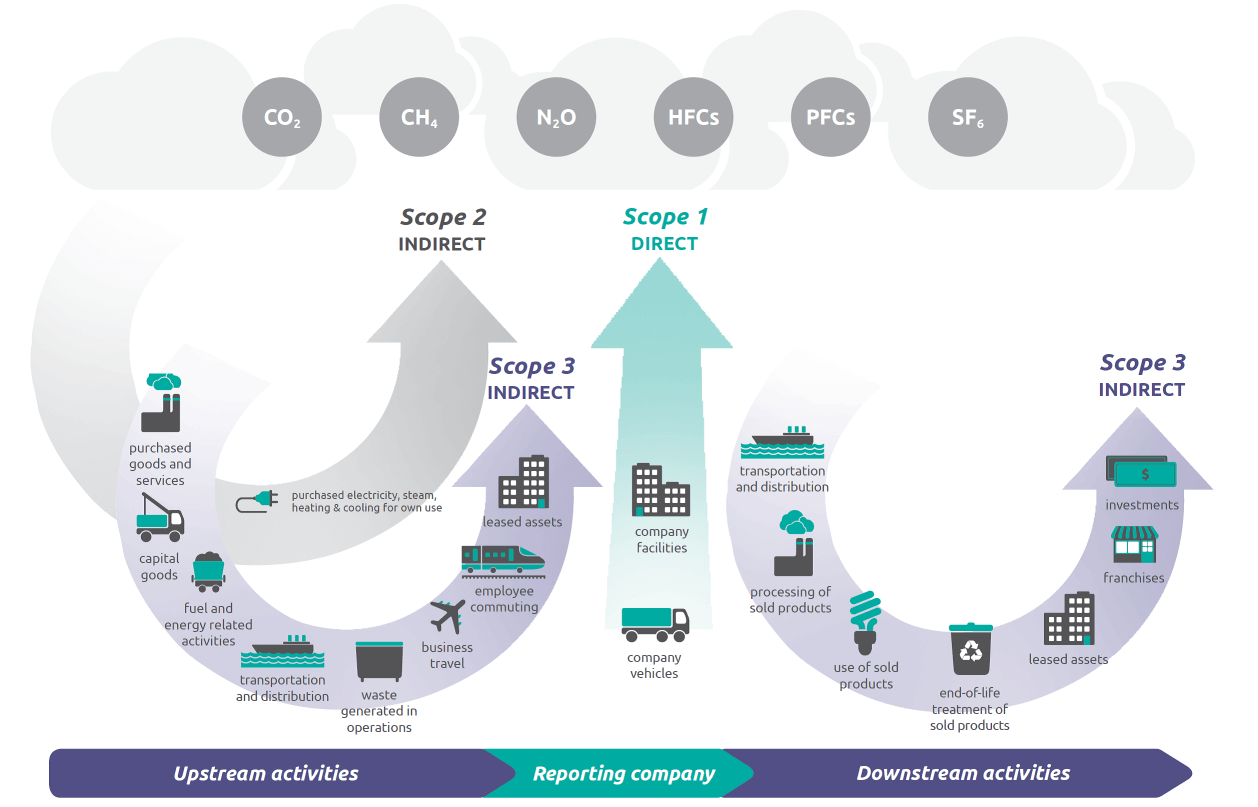
Achieve compliance with global emissions standards to elevate your competitiveness and help mitigate climate change.
Greenhouse gas (GHG) scope 1, 2, and 3 emissions are categorizations defined by the Greenhouse Gas Protocol, a widely used international accounting tool that provides standards for measuring and managing emissions. These scopes are crucial for organizations seeking to understand and reduce their environmental impact.

Examples in the automotive industry:
These emissions are associated with the purchase of electricity, steam, heat, or cooling. Although scope 2 emissions physically occur at the facility where they are generated, they are accounted for in an organization’s GHG inventory because they are a result of the organization’s energy use.
Examples in the automotive industry: Electricity use — the automotive industry consumes large amounts of electricity, particularly in manufacturing plants. This includes the use of electricity for machinery, assembly robots, lighting, and HVAC systems.